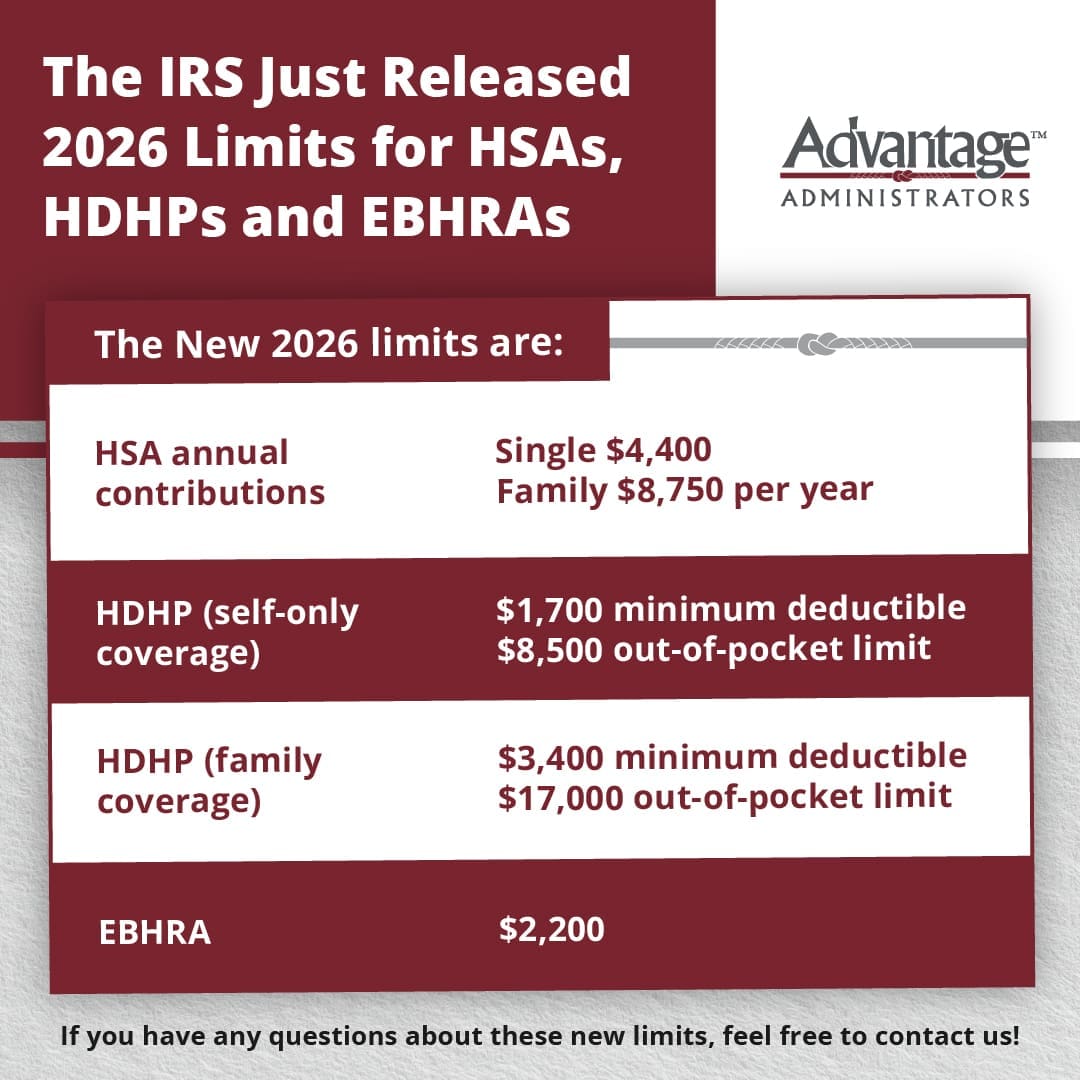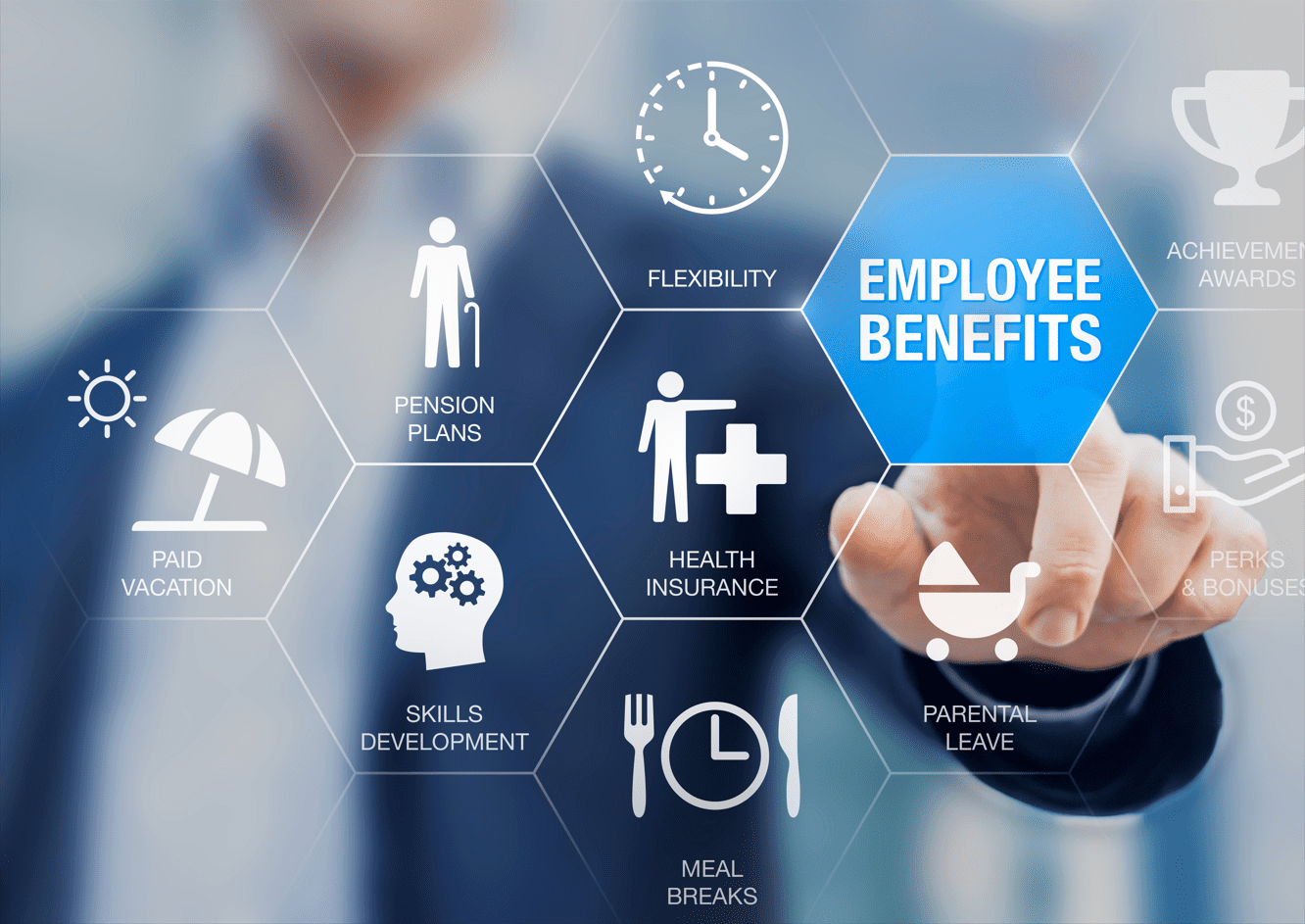Employee Mental Health Support Beyond EAPs
In 2023, mental health became a top priority for employees and employers. According to a SHRM study, 41% of U.S. employees said they would likely or would very likely leave their current job if they were offered a new position with significantly improved mental health benefits. While many companies offer employee assistance programs (EAPs), it’s important to provide well-rounded employee mental health support beyond EAPs. If retention and securing top talent are your goals, explore the resources below to help improve employee mental health.
What is an EAP?
In essence, an EAP is a confidential resource designed to support employees facing personal or professional challenges that may impact their well-being and job performance. These programs offer a wide variety of services including counseling, mental health support and assistance with issues like stress management and work-life balance. By providing a safety net for employees, EAPs not only enhance the overall mental and emotional health of employees but also contribute to increased job satisfaction and performance.
Misconceptions Around EAPs
Many companies struggle with low usage of their EAPs due to employee misconceptions. One popular misconception is that employees think utilizing an EAP will incur personal expenses. It is key to communicate to your employees that EAPs are generally employer-funded. Another common misconception is concerns about privacy with sensitive information.
The truth is, EAPs take privacy seriously, so employees can seek help without stressing about their personal information being shared. Clearing up misconceptions and highlighting the low-cost and confidential nature of EAPs can boost engagement and get more employees to tap into these resources.
Do EAPs Provide Enough Support to Meet Employee Needs?
Relying solely on EAPs may fall short of addressing all the diverse mental health needs of today’s workforce. EAPs often focus on crisis intervention and short-term problem-solving. A comprehensive approach to employee wellness should extend beyond reactive measures. Additionally, EAPs may not fully encompass the evolving challenges employees face, such as the growing importance of work-life balance and career development.
EAPs and Beyond
To cultivate a healthy workplace, it’s important to consider offering resources beyond traditional EAPs that can help improve mental wellness. Health savings accounts (HSAs) give employees the opportunity to save money on a variety of mental health-related costs such as therapy and prescription/OTC meds. Employees can use lifestyle spending account (LSA) funds for emotional wellness eligible expenses including counseling services and medication.
Allowing flexible work arrangements acknowledges the diverse needs of your workforce and promotes a better work-life balance. Initiatives aimed at reducing the stigma around mental health, such as awareness campaigns and open conversations help create a supportive environment. To go even further, hosting mental health workshops can provide practical tips for employee mental wellness. By combining these mental health resources with EAPs, businesses can create a comprehensive wellness strategy that addresses various aspects of employees’ lives and actively promotes a workplace culture where mental health is a priority.
The information in this blog post is for educational purposes only. It is not investment, legal or tax advice. For legal or tax advice, you should consult your own counsel. To stay up to date on benefits trends and insights, subscribe to our blog.










 Flex Plans
Flex Plans Forms
Forms HSA
HSA HRA
HRA Retirement
Retirement Health Shopper
Health Shopper FSA Store
FSA Store